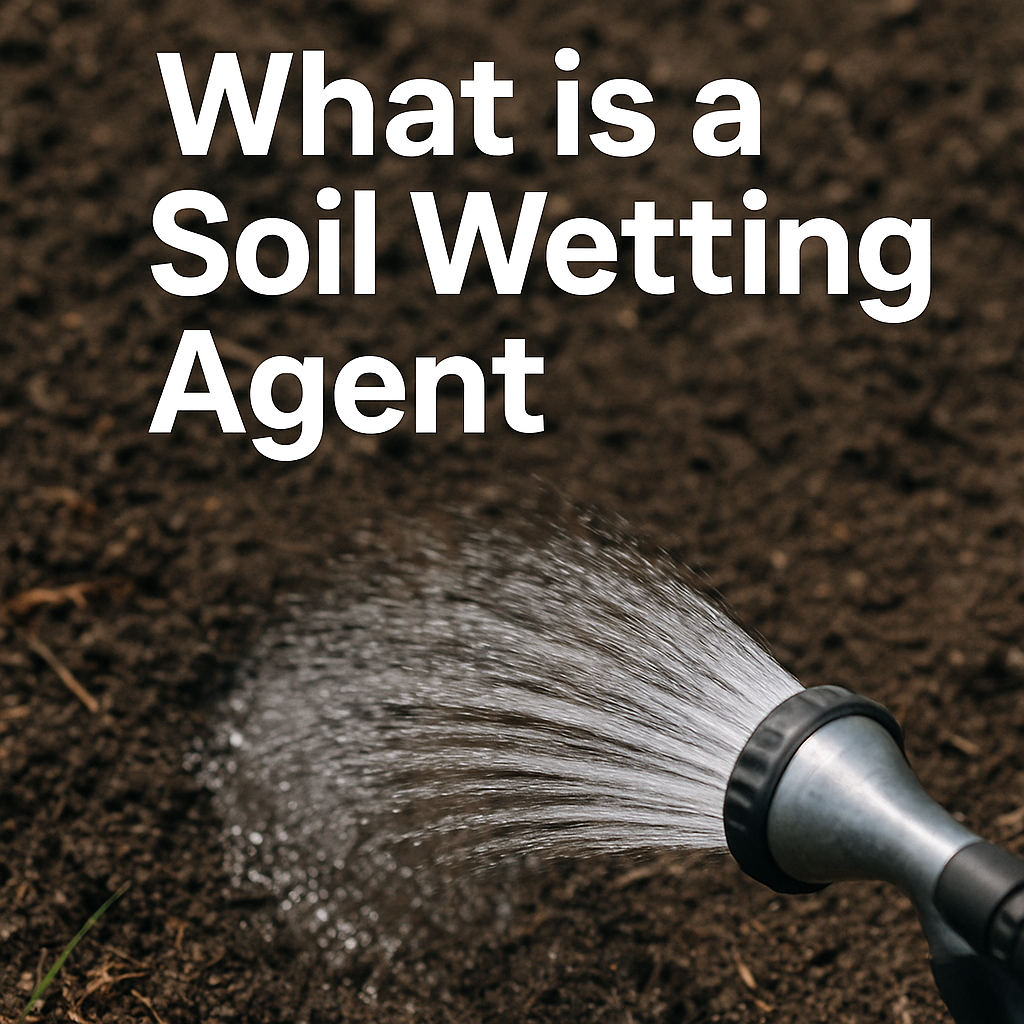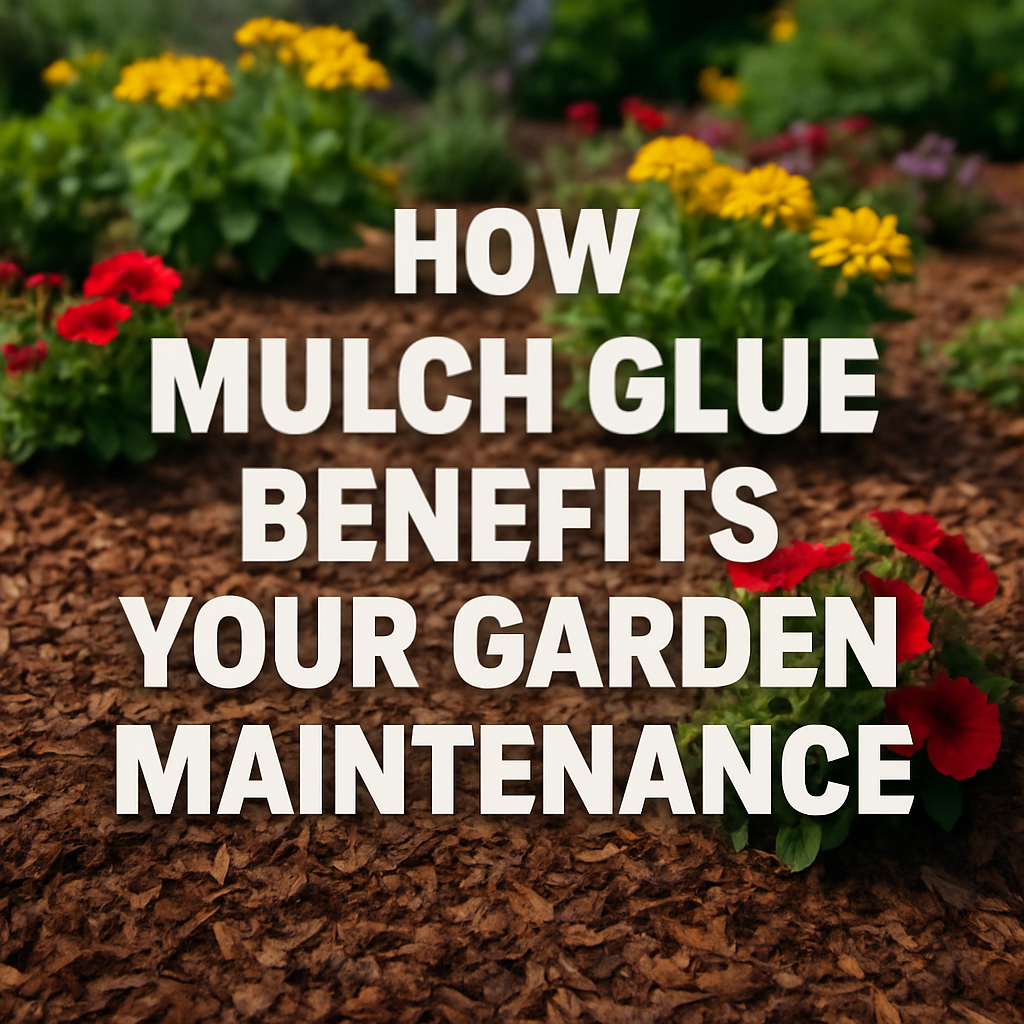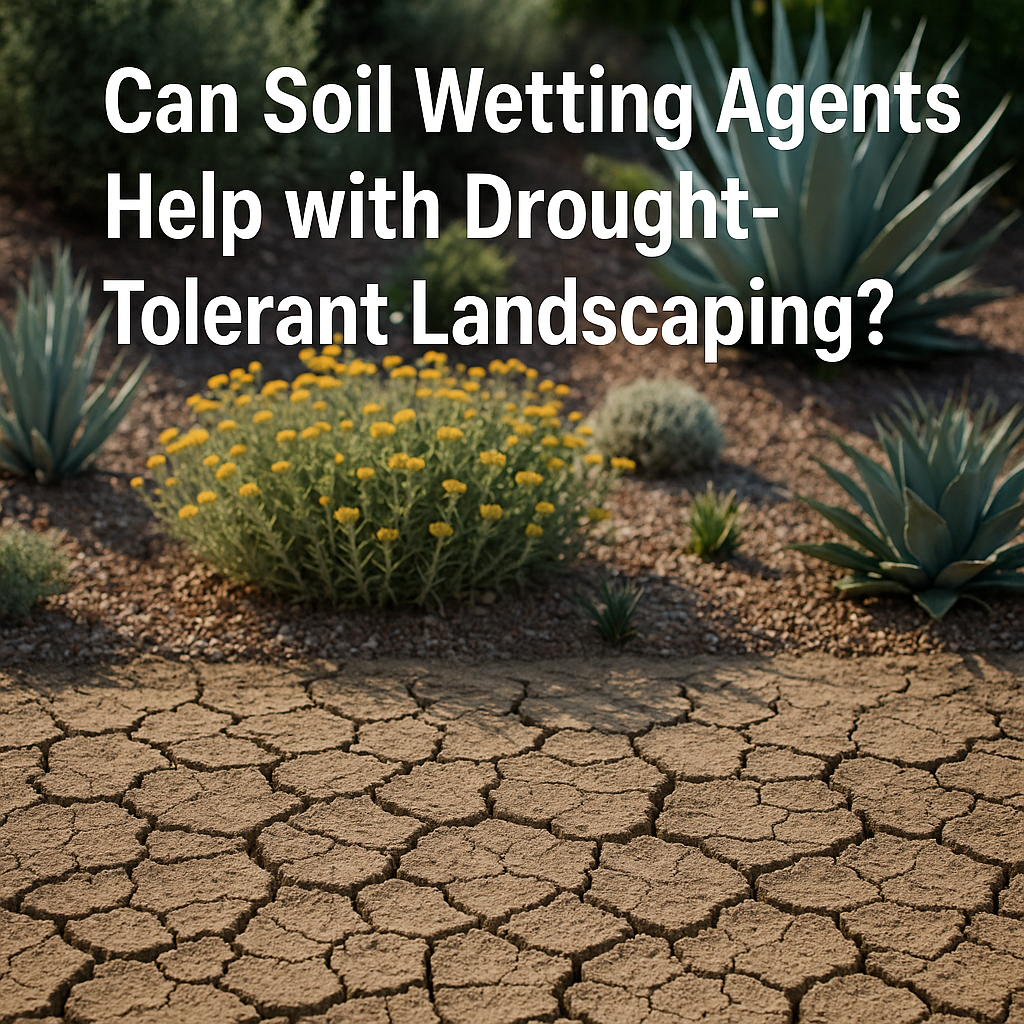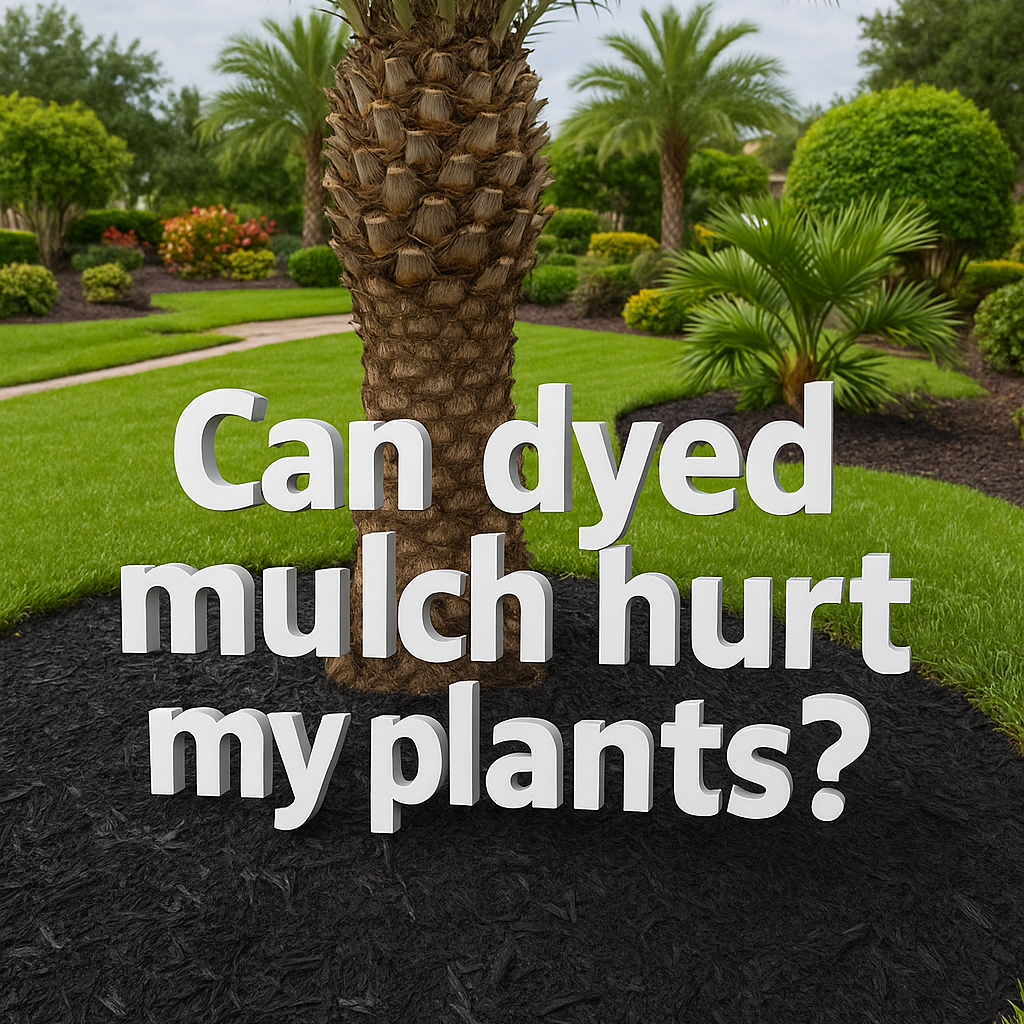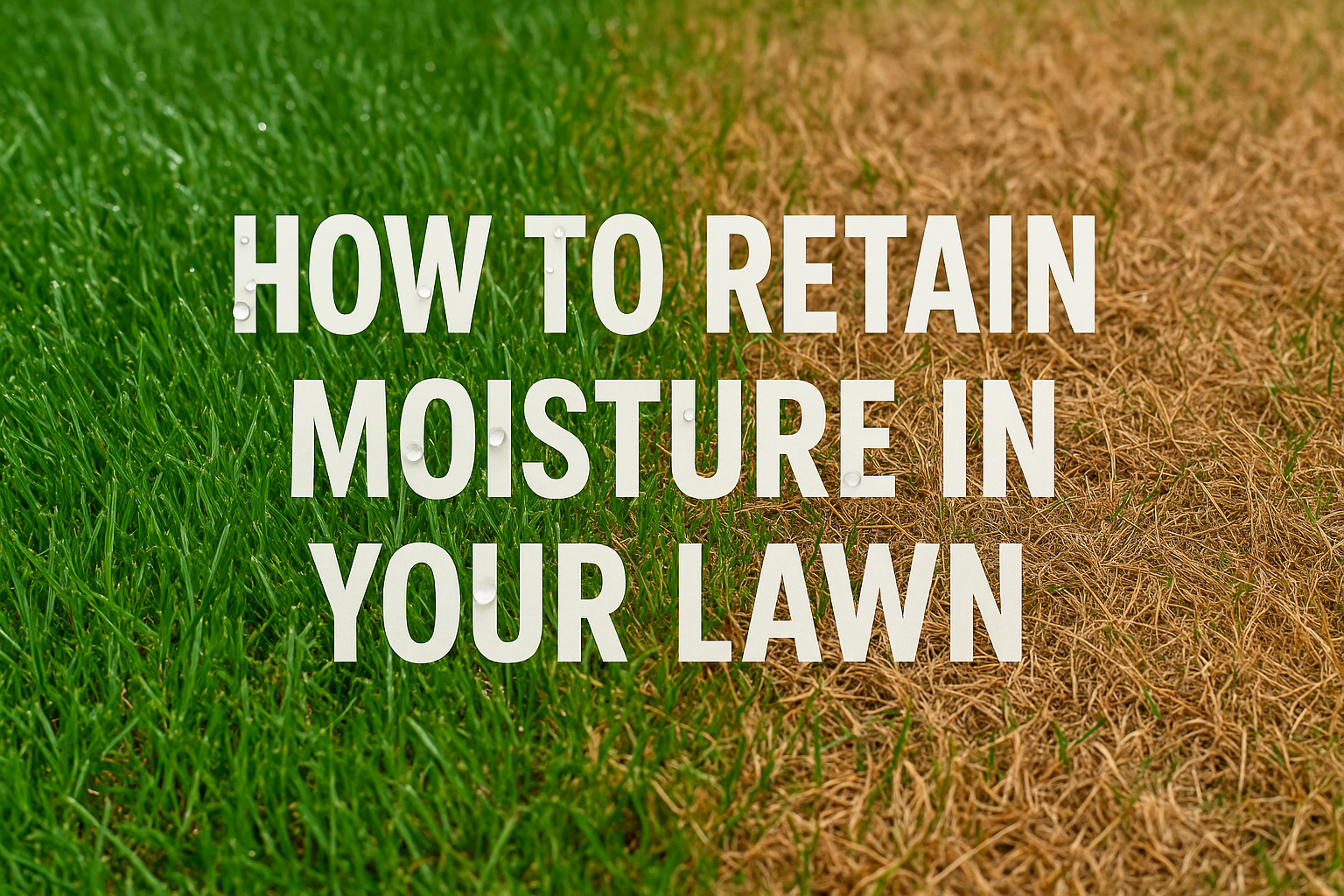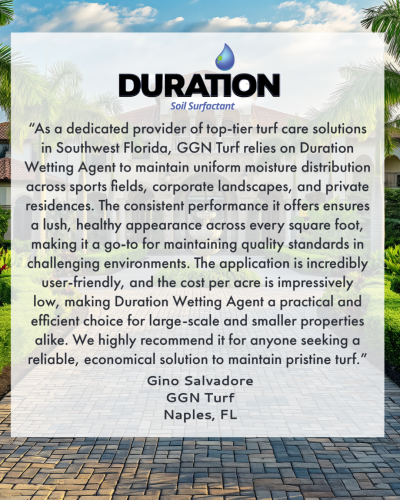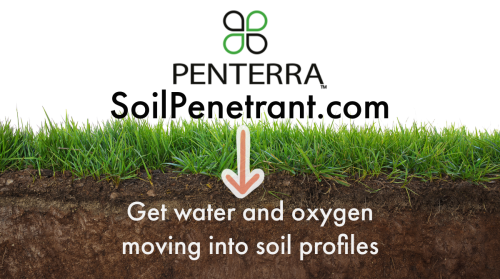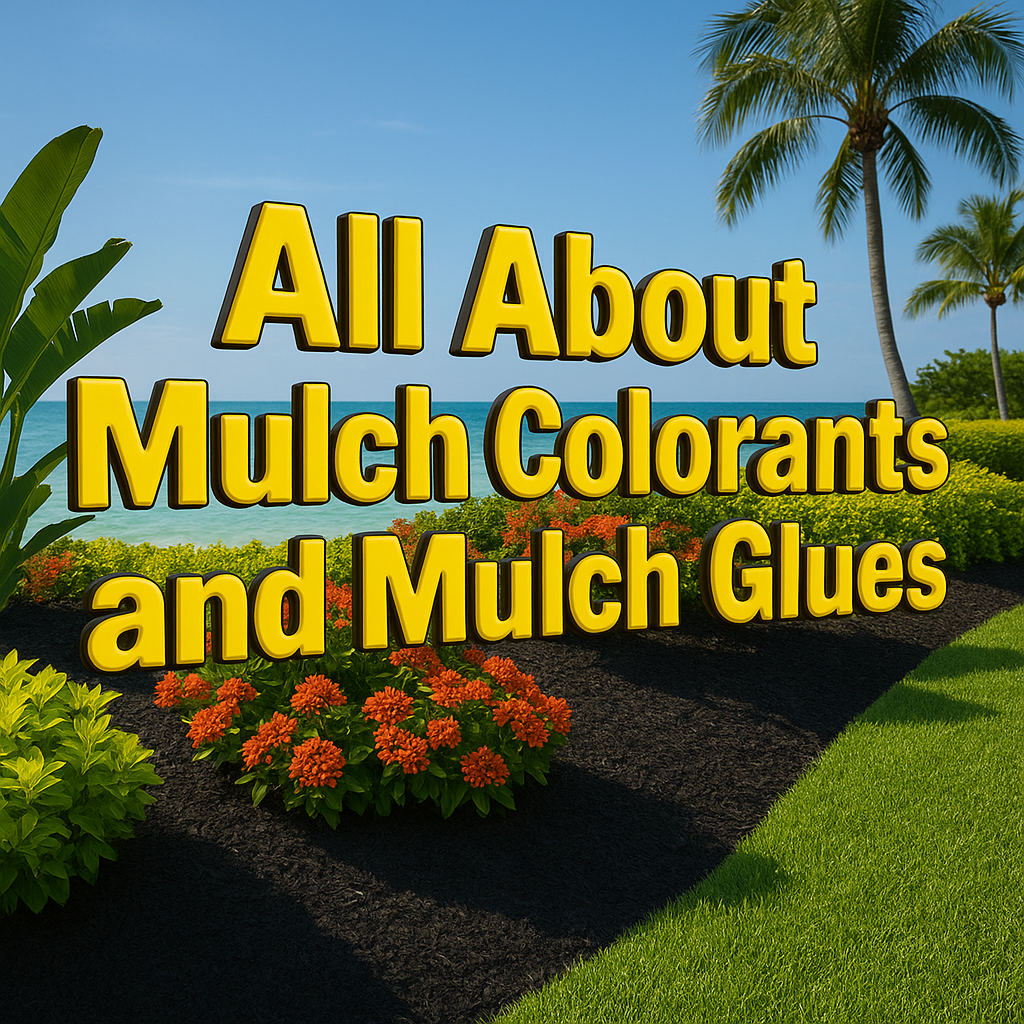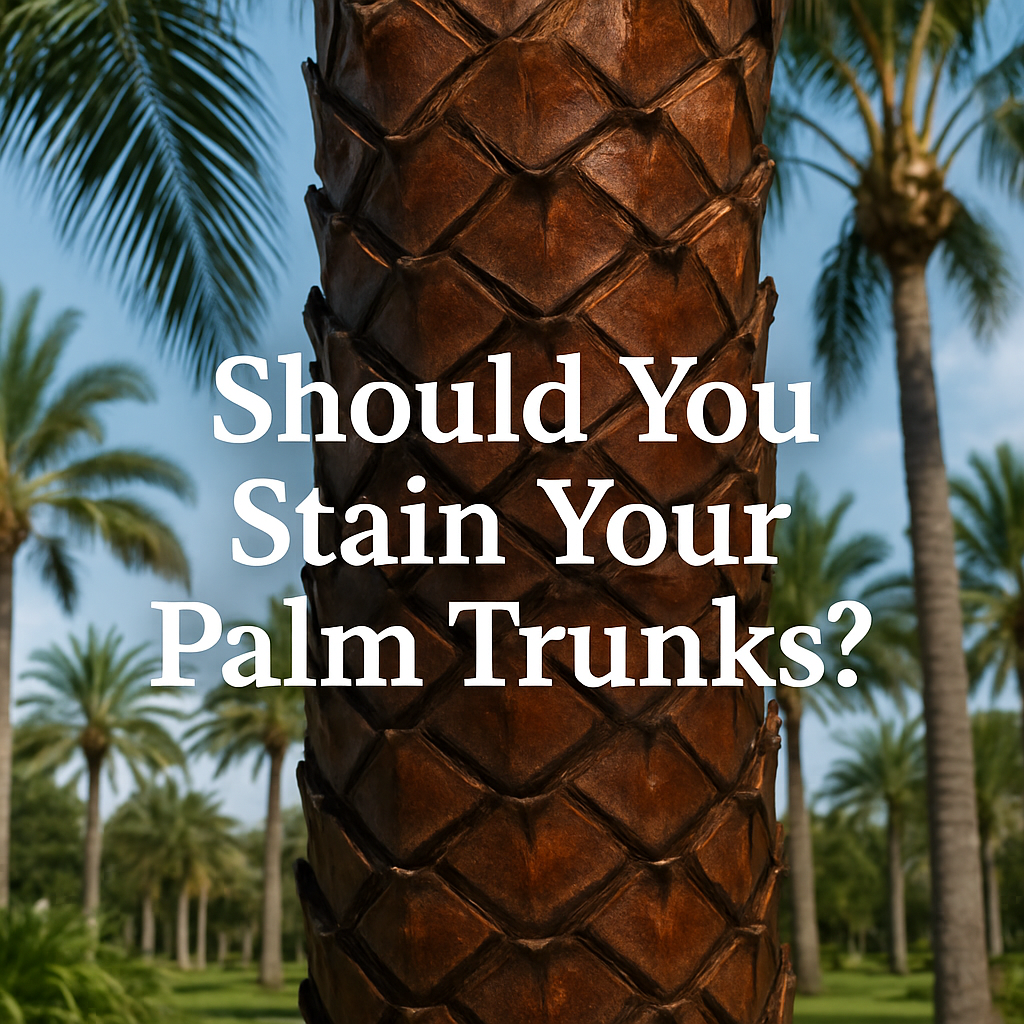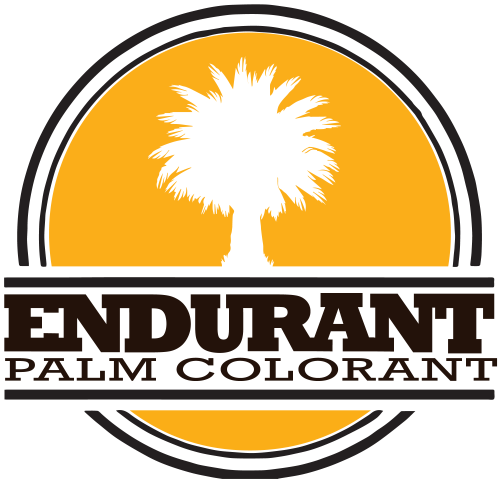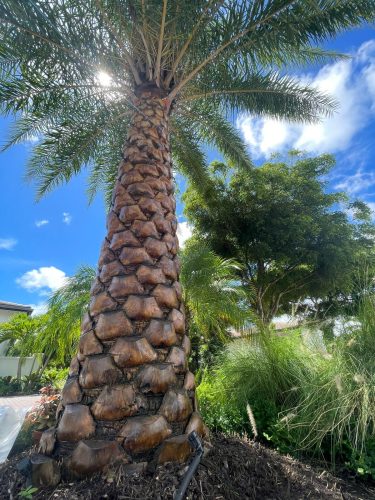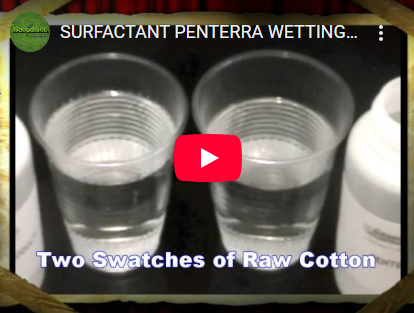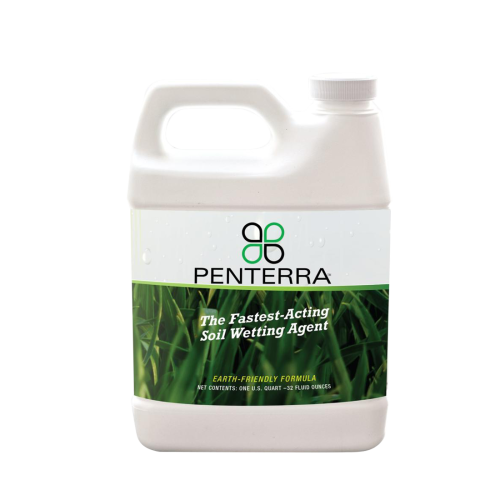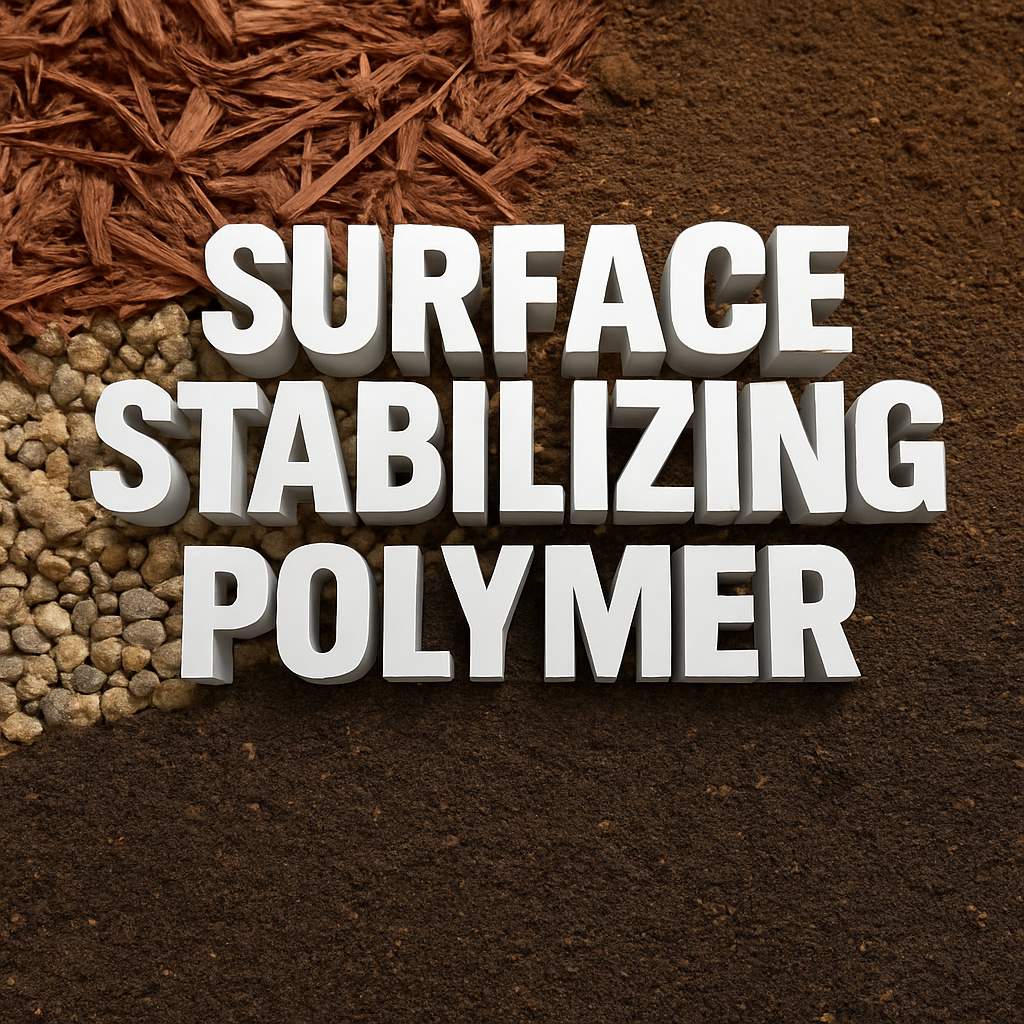Looking to restore your mulch color or keep it from blowing away? Whether you’re a landscaping pro or a homeowner refreshing your beds, this blog covers the 20 most common questions about mulch colorants and mulch glue—and how Endurant Mulch Colorant and MulchCrete Mulch Glue offer professional-grade, lasting solutions.

🔴 What Is a Mulch Colorant?
Mulch colorant is a pigment or dye used to enhance or restore the natural color of wood mulch. Professional-grade brands like Endurant Mulch Colorant use safe, non-toxic formulas in vibrant shades like brown, red, black, and pine straw.
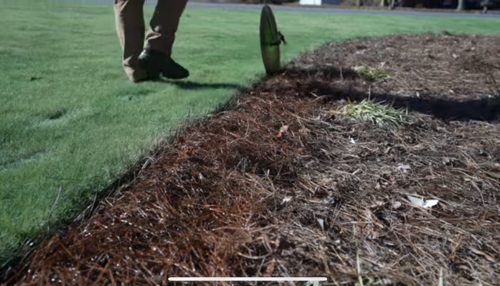
✅ Top 10 Most Asked Questions About Mulch Colorants
1. What is a mulch colorant?
A mulch colorant is a water-based pigment used to restore or enhance the appearance of faded mulch. It brings vibrancy to aged mulch and helps make your landscape look freshly maintained.
2. Is mulch dye safe for pets, plants, and children?
Yes. Endurant MulchColorant is made with non-toxic, environmentally friendly ingredients. Once dry, it is completely safe around pets, kids, and plants.
3. How long does mulch color last?
When applied correctly and allowed to dry, the color can last 6 to 12 months, depending on weather exposure. Endurant colorants typically outlast cheaper options because of their advanced bonding technology.
4. Will rain wash the dye away?
Once fully dried (usually in 4–6 hours under dry conditions), the dye bonds to the mulch and won’t wash away in rain. Always apply during dry weather and allow ample drying time.
5. Can mulch colorant stain concrete or clothing?
Yes, while wet. It’s important to protect walkways and wear old clothes when applying. Once dry, it will not transfer or stain.
6. What’s the best color to use?
Brown is most natural and widely used, while black offers a bold contrast and red adds vibrancy. Endurant offers all three, as well as a pine straw tone for a more subtle effect.
7. Can I color my own mulch at home?
Absolutely. Endurant MulchColorant is easy to apply with a pump sprayer. Just mix the concentrate with water according to label instructions and spray over dry mulch.
8. How much area does one gallon cover?
One gallon of Endurant concentrate mixed with water can cover up to 2,000 square feet, depending on how faded the mulch is and how dark you want the result.
9. Will dyed mulch hurt soil or microbes?
No. Unlike some cheaper alternatives that may come from chemically treated wood, Endurant uses safe ingredients that do not alter soil health or microbial activity.
10. Can I use it on pine straw or wood chips?
Yes. Endurant MulchColorant works on various materials, including bark, hardwood chips, and pine straw.

🟢 What Is Mulch Glue?
Mulch glue, also known as a surface-stabilizing polymer, is a liquid spray that bonds mulch, bark, gravel, or soil together to keep it in place. MulchCrete is a professional-grade mulch glue that dries clear and holds mulch down without affecting drainage.
🔒 Top 10 Most Asked Questions About Mulch Glue
1. What is mulch glue used for?
MulchCrete mulch glue keeps mulch from blowing away, washing off in heavy rains, or shifting due to foot traffic. It’s especially useful around pool decks, slopes, driveways, and decorative beds.
2. How do you apply mulch glue?
Apply MulchCrete using a clean pump or backpack sprayer. Spray over a 2–3 inch layer of mulch in even, overlapping passes. Let it dry for 6 to 24 hours. Follow the label instructions for rates.
3. Is mulch glue safe for the environment?
Yes. MulchCrete is water-based, non-toxic, and safe for use around plants, pets, and children once dried.
4. How long does mulch glue last?
Typically one season (6–12 months), depending on weather exposure and traffic. For high-wind areas, an annual reapplication may be ideal.
5. Does mulch glue prevent weed growth?
While not a herbicide, it reduces weed growth by holding mulch in place, thereby limiting soil exposure to sunlight and making it harder for weed seeds to root.
6. Can I walk on mulch treated with glue?
Yes, once cured. MulchCrete creates a flexible bond that withstands light foot traffic, leaf blowers, and watering.
7. Will mulch glue clog my sprayer?
To avoid clogging, rinse the sprayer immediately after use. Shake the glue well before spraying for even application.
8. How much area does one gallon of mulch glue cover?
Coverage ranges from 250 to 750 square feet per mixed gallon depending on the thickness of mulch and application rate.
9. Can I use it on pea gravel or rock beds?
Yes! MulchCrete works great on pea gravel, small decorative stones, and even sand paths to minimize erosion and shifting.
10. Does mulch glue affect water absorption?
No. MulchCrete allows water and nutrients to pass through to the soil while holding mulch in place.

🌿 Combining Endurant MulchColorant + MulchCrete for the Best Results
To get the best out of your landscape beds, follow this process:
✅ Step-by-Step Instructions
-
Clear the area of weeds and debris.
-
Re-distribute mulch evenly at a depth of 2–3 inches.
-
Mix Endurant MulchColorant as directed with water (usually 15:1 or 8 oz/gal ratio).
-
Spray colorant using a pump sprayer, making sure to saturate top layers.
-
Let the mulch dry for 4–6 hours or until color is fully set.
-
Shake and apply MulchCrete, (2 water:1 MulchCrete mix ratio) covering the surface evenly. (Can be sprayed with Colorant if desired)
-
Allow to dry 24 hours. Do not water or walk on the area during this time.
🛒 Where to Buy
Both products are also available at select SiteOne Landscape Supply stores and on Amazon.
🧠 Final Thoughts
Using Endurant Mulch Colorant and MulchCrete Mulch Glue together gives your landscape beds a clean, professional appearance while reducing maintenance and saving money on mulch replacement.
With these products, you’ll not only enhance curb appeal instantly—you’ll keep your mulch in place through every storm, season, and sprinkler cycle.

